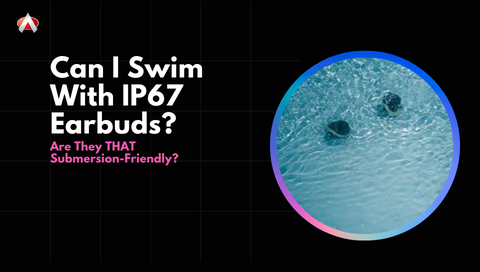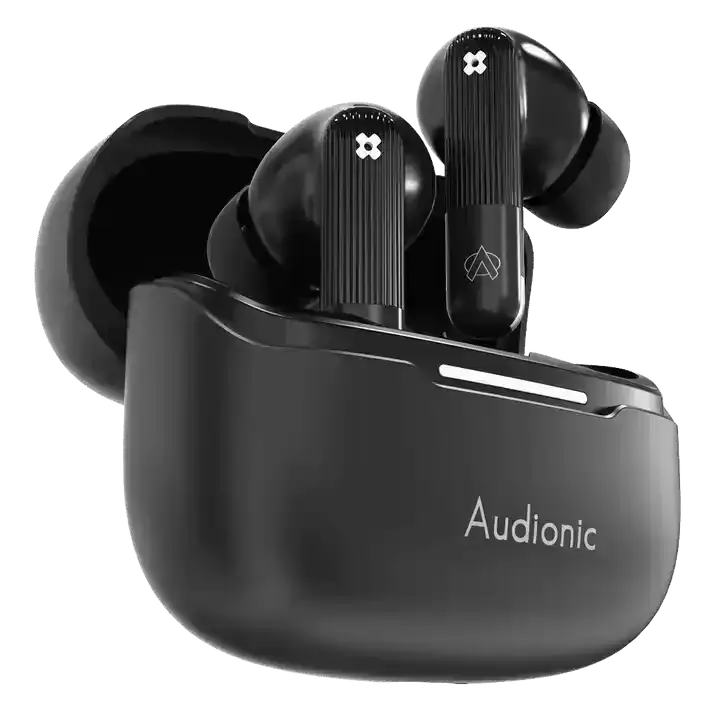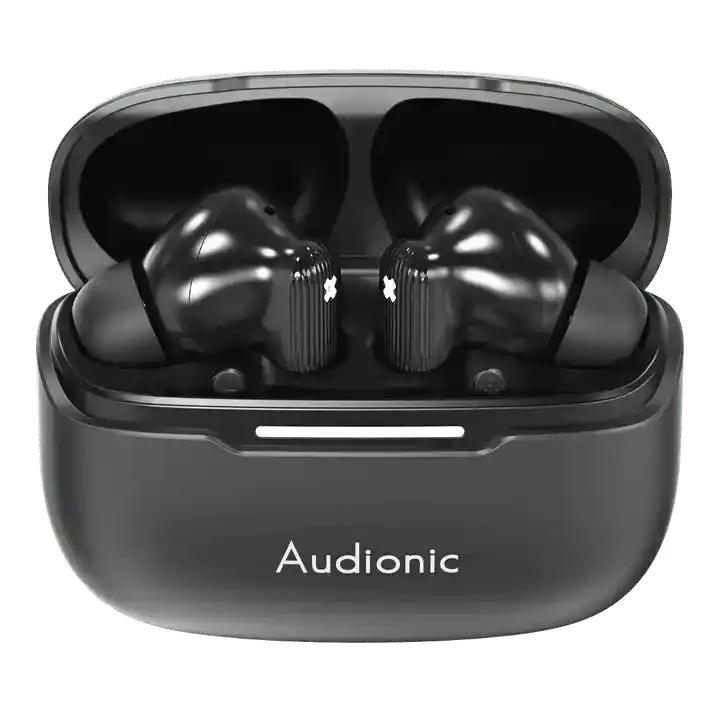
Can I Swim With IP67 Earbuds? Are They THAT Submersion-Friendly?
The IP67 rating is a standard used to describe the level of protection against solids and liquids in electronic gadgets and devices. It consists of two parts, The first digit, "6," indicates the level of protection against solid objects, such as dust and particles.
In the IP67 rating, this digit signifies that the device is "dust-tight," meaning it offers complete protection against the ingress of dust and particles. It is the highest rating on the scale for protection against solids.
The second digit, "7," indicates the level of protection against liquids, specifically water. In the IP67 rating, this digit signifies that the device can be submerged in water up to a depth of 1 meter (approximately 3.3 feet) for a duration of up to 30 minutes without sustaining damage.
This rating provides a high degree of water resistance and makes the gadget suitable for use in wet conditions, including rain, splashes, and short-term submersion.
Can you swim with IP67 waterproof headphones?
IP67-rated headphones are designed to offer a high level of water resistance and dust protection.
The "IP67" rating consists of two parts:
6 (Protection Against Solids)
This indicates that the headphones are dust-tight, meaning they are fully protected against dust and solid particles.
7 (Protection Against Liquids)
This indicates that the headphones can be submerged in water up to a depth of 1 meter (approximately 3.3 feet) for up to 30 minutes without sustaining damage.
With an IP67 rating, these headphones should be able to handle being submerged in water, including swimming activities, for short durations.
However, there are a few important considerations:
Water Quality
The IP67 rating is typically tested with fresh water.
If you plan to use these headphones in saltwater (such as in the ocean), you should be aware that saltwater can be more corrosive and potentially have a different impact on the headphone's longevity.
Depth and Duration
The IP67 rating specifies a depth of 1 meter for up to 30 minutes.
It's essential to stay within these limits. Prolonged submersion or deeper depths could potentially compromise the headphones' water resistance over time.
Maintenance
After using the headphones in water, it's crucial to rinse them with fresh water and allow them to dry thoroughly before charging or using them again.
This helps prevent the buildup of salt or other substances that can affect the headphone's performance.
Can I wear IPX7 earbuds in the pool?
Yes, an IPX7-rated device is capable of being submerged in water for a limited time. Which makes it suitable for swimming and other underwater activities.
You can wear it while swimming enjoying rain showering, and working out. However, while showering, you should keep in check the temperature and chemicals that might be present in shampoos or shower gels because these chemicals can interfere with the functionality of your device.
The same goes for the high temperature. A high temperature can cause damage to the device, making it unable to perform its functions.
Can you swim with IP68 waterproof earbuds?
IP68-rated wireless earbuds are designed to provide a high level of water and dust resistance, making them suitable for various water-related activities, including swimming.
The "IP68" rating consists of two parts:
6 (Protection Against Solids)
This indicates that the earbuds are dust-tight and fully protected against dust and solid particles.
8 (Protection Against Liquids)
This indicates that the earbuds can be submerged in water beyond 1 meter (typically specified by the manufacturer) for an extended duration without sustaining damage.
The exact depth and time duration can vary among different IP68-rated products, so it's essential to check the manufacturer's specifications for the specific earbuds you have. With an IP68 rating, these earbuds are generally designed to handle submersion in water, including swimming, for longer periods than IP67-rated or lower-rated devices.
However, these are some of the considerations attached with it.
Maintenance
After using the earbuds in water, it's essential to rinse them with fresh water and allow them to dry thoroughly before charging or using them again.
Proper maintenance helps ensure that the earbuds remain water-resistant over time.
Water Quality
While IP68-rated earbuds can handle freshwater submersion, it's important to be cautious when using them in saltwater (such as in the ocean).
Saltwater can be more corrosive, and its impact on the earbuds' longevity may vary depending on the design and materials used.
In Summary
An IPX7 rating for a device is like having top-tier protection against moisture-related mishaps. It's considered a high IP rating, and it comes with some impressive capabilities.
So imagine showers, rain, and even swimming—these are no match for an IPX7-rated device. Yes, you read that right; it can handle being submerged in water. But here's the catch: it's designed for limited underwater adventures. So, while it's your ideal companion for swimming or other exciting underwater activities, you'll want to keep an eye on the time to prevent any unexpected surprises.
Now, let's talk about showers. Your IPX7-rated device can certainly endure the gentle cascade of a shower, but there's a little detail to remember. Be cautious about exposing it to high-temperature shampoos or body washes. The chemicals in these products can potentially interfere with your device's functionality. And we don't want that, do we?
Furthermore, high temperatures can lead to the malfunctioning of the device, so moderation is key. But fear not, with a bit of care and attention to these factors, your IPX7-rated device will continue to thrive without any damage, allowing you to enjoy your aquatic adventures without worry.



















